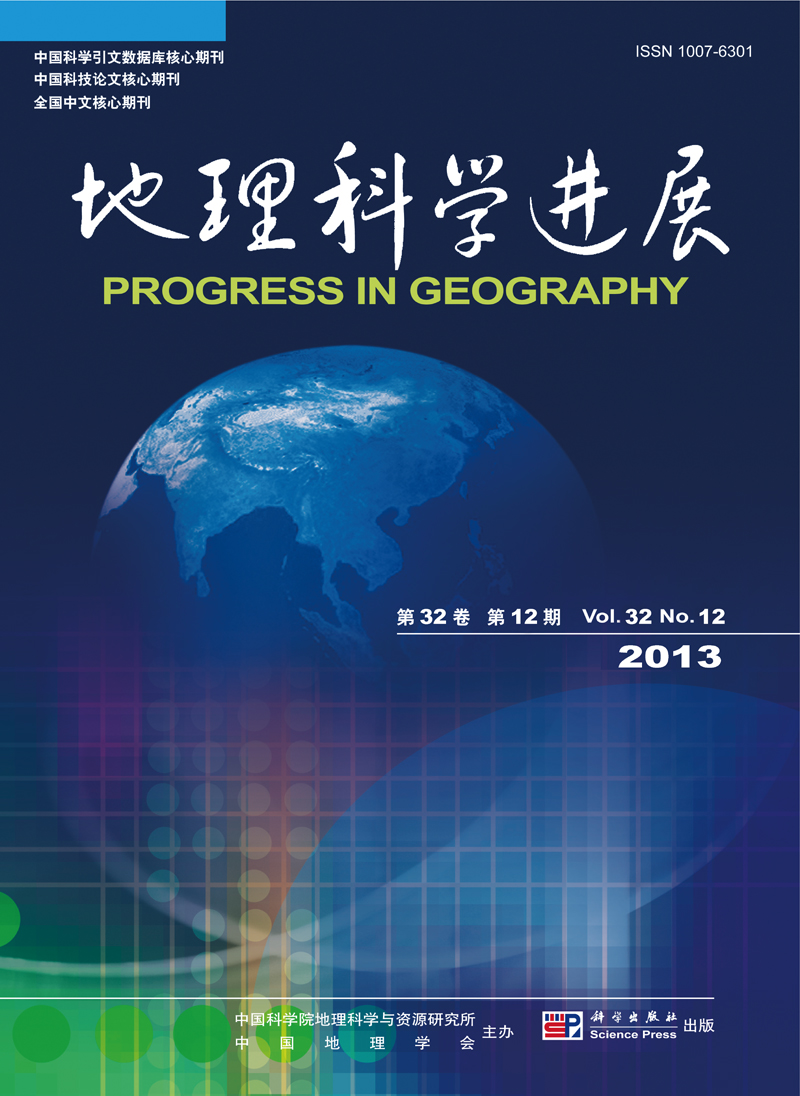Climate and Ecological Environment
LIU Chunla, LIU Weidong, LU Dadao
For the numerous science and technology achievements, literature is one of the main documentation tools, which shows origination, developmental process and characteristics, and social values of the scientific researches. In order to promote the development of academic research preferably focusing on eco-compensation, there is an urgent need to comb through recent research progress. In this paper, through review and reflection, summaries and forward looking, we hope to provide a clear view of the direction, key points and existing issues of research on eco-compensation. In this paper, based on the literature during 1987-2012 in "China Knowledge Resource Integrated Database", by using the methods of data statistics, induction and analysis, we first reviewed status and development of eco-compensation research in China from following aspects: literature author, research field, support platform, research method, research region and research level. Then, we analyzed evolvement features of eco-compensation research in China during 1987-2012. (1) In the aspect of literature author, the majority and key group of the researchers are the middle-aged and elderly scientists who possess profound qualification, and the next group of the researchers are in the ones in the phase of career training and development, who had not yet formed a powerful leading author group. (2) In the aspect of research field, there are about 9 hot research fields in China's eco-compensation research, which are eco-compensation mechanism, eco-compensation and ecological construction and environmental protection, eco-compensation measure and pattern, legal system of eco-compensation, eco-compensation and sustainable development, eco-compensation in river basin, standard of eco-compensation, forest eco-compensation, ecosystem service value and eco-compensation. And in the aspect of annual number of publications, we can divide the research fields into 4 types: fast-increase type, slow-increase type, steady type and descend type. (3) In the aspect of support platform, national level scientific fund program and provincial program are the main support platforms. (4) In the aspect of research method, in early stage, qualitative description was the main method. Now, although the quantitative methods such as mathematical model, mathematical statistics, GIS, and questionnaire survey, have been used well, qualitative description is still dominant. (5) In the aspect of research region, most studies are at the province and regional levels, and there are also about 30 types of specific regional zones. (6) In the aspect of research level, the initial researches were mostly on basic principles and their applications, and then turned to technical guidance, decision-making support for policy makers, and other researches concerning the society. Taking together the trend of international research and the current status of domestic research, the future research on eco-compensation should be enhanced in the following aspects. (1) In the aspect of research field, we need not only study the eco-compensation relationship in different zones and different interest groups, and the influences on regional spatial structure, but also study how to protect eco-environmental resources by using eco-compensation techniques. (2) In the aspect of research region, trans-regional studies, trans-provincial studies and cross-border studies are the trends. (3) In the aspect of research method, researchers need to pay more attention to the combination of qualitative and quantitative methods, with qualitative description still being the major approach. At the same time, comprehensive and cross studies on eco-compensation, combining multidisciplinary systems of resources and economic geography, should become the direction of development in the future.
